For Edmund de Waal a ceramic pot has a ‘real life’ that goes beyond functionalism.This handsome book (designed by Atelier Dyakova) at the mid-point of his career, raises the question: ‘How good an artist is he?’
It is discursive, comprising essays by A.S. Byatt and Alexandra Munroe, short stories by Colm Tóibín and Peter Carey, an elegant photographic essay by Toby Glanville, a look at de Waal’s life to date by Emma Crichton-Miller and a piece by the man himself.
‘I am a potter who writes,’ de Waal said in a 2000 article in the Ceramic Review, although since then his book The Hare with Amber Eyes has carried his celebrity round the world. Is he a domestic potter or is he now making for museums and galleries? Does he make pots, or installations? Can he do both?
Pottery was described by Herbert Read in The Meaning of Art as ‘the simplest and the most difficult of all the arts. It is the simplest because it is the most elemental; it is the most difficult because it is the most abstract.’ Throwing off the influence of Hans Coper, Lucie Rie and Bernard Leach (making pots that were ‘very, very heavy, and very, very white’), de Waal is in the process of taking it into whole new areas. Read transformed the status of pottery between the wars. Now de Waal is doing so again, realising the question that W.H. Auden posed, ‘What’s / an intellectual of the middle classes?/ Is he a maker of ceramic pots?’
The book explores his many influences: such artists as Donald Judd, Carl Andre and Morandi; J.S. Bach (the fugue-like rhythms and repetitions of his installations); architects Mies van der Rohe and Isozaki Arata, and his love of poetry. Anne Carson observes that de Waal puts objects on a shelf like ‘five stanzas stalled in brackets’, a phrase she borrows from Paul Celan.
This book makes clear that, at his best, de Waal embodies what the Modernist Austrian architect Adolf Loos identified as ‘chance, passion, dreams and the mystery of creation’. How good an artist is he? Read this book, and go and see his work at the Victoria and Albert Museum and at Madeleine Bessborough’s New Art Centre at Roche Court.
Got something to add? Join the discussion and comment below.
Get 10 issues for just $10
Subscribe to The Spectator Australia today for the next 10 magazine issues, plus full online access, for just $10.
Available from the Spectator Bookshop, £53.95, Tel: 08430 600033
You might disagree with half of it, but you’ll enjoy reading all of it. Try your first month for free, then just $2 a week for the remainder of your first year.

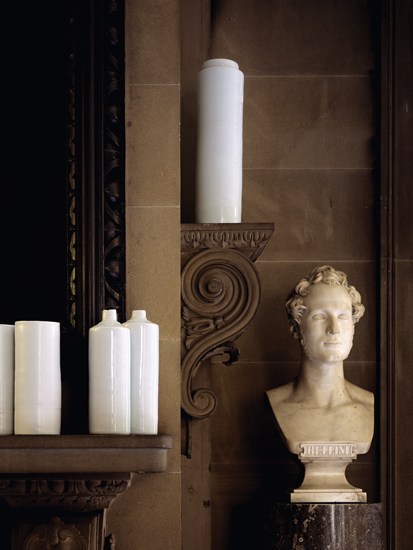
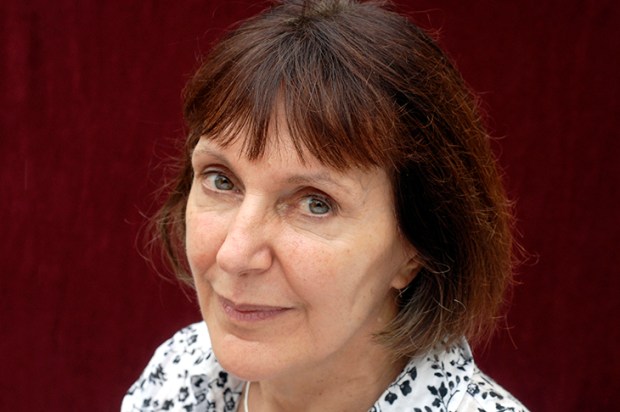
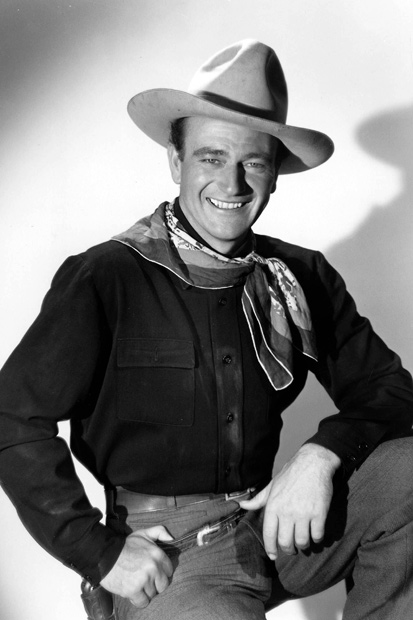
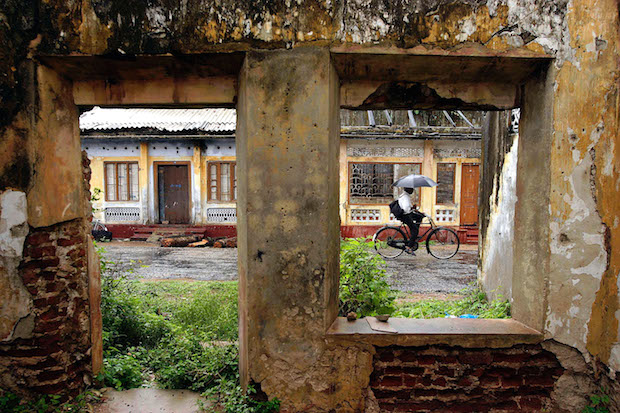
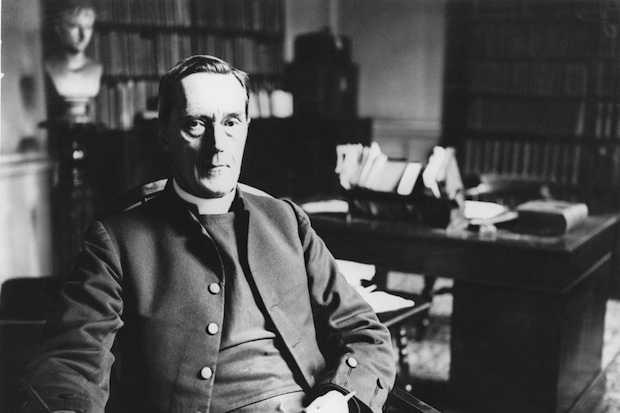
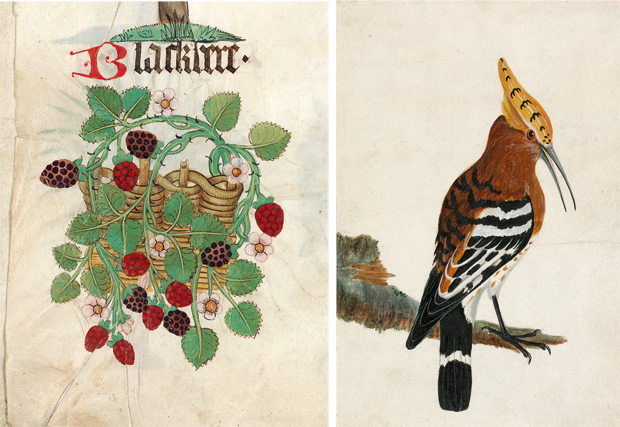







Comments
Don't miss out
Join the conversation with other Spectator Australia readers. Subscribe to leave a comment.
SUBSCRIBEAlready a subscriber? Log in